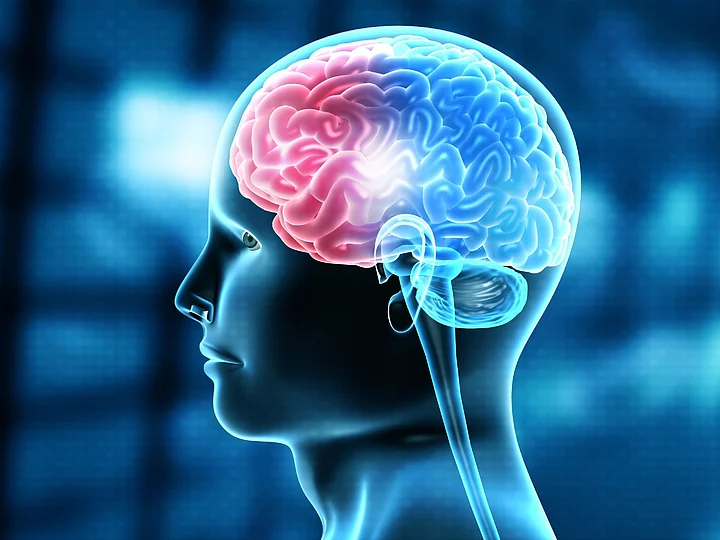Ministroke is a common term used for transient ischemic attack (TIA). It is a condition which starts like a stroke but only lasts from several minutes up to 24 hours.
TIA does not harm or damage the brain like a stroke does. It does not kill the brain cells, so there is no damage to the brain in the long term. However, at times when a person experiences TIA, it is difficult to differentiate between a stroke and a TIA.
According to US NIH, approximately 240,000 adults in the United States experiences a TIA each year and 15 percent of all patients who have experienced a stroke have had a previous TIA. It is safe to say that TIAs should be considered warning signs of potential future strokes.
Let's have a quick look at the symptoms, causes, risk factors and treatment of ministroke.
Ischemic Stroke: Symptoms
According to the doctors of Cleveland Clinic, the symptoms of a transient ischemic attack (TIA) and a stroke are the same and can include:
Difficulty seeing from one or both eyes
Numbness or weakness in the face, arms, or legs, especially on one side
Severe headache
Difficulty in walking
Dizziness
Loss of coordination and balance
Difficulty in speaking or understanding words
Ischemic Stroke: Cause & Risk Factors
According to the doctors at Mayo Clinic, some factors of TIA and stroke include:
The risk of ministroke doubles after the age 55 in both men and women.
Family history of stroke can also increase the chances of ministroke
Men have a higher risk of TIA; women have a higher lifetime risk of stroke.
African Americans and people of Hispanic ethnicity have higher chances of suffering from TIA and stroke.
High blood pressure (hypertension)
Sedentary lifestyle
Heart disease
Smoking
High blood cholesterol levels
Drug abuse
Obesity
Ischemic Stroke: Diagnosis
According to the MedicalNewsToday, patients who experience a mini-stroke should consult a medical professional immediately.
Diagnosis includes examination by a doctor and diagnostic testing with a few simple quick checks to test vision, muscle strength, and ability to think and speak.
Diagnostic testing consists of either a computed tomogram (CT) or magnetic resonance imaging (MRI) scan of the brain and carotid arteries. Other tests to diagnose TIA include an electrocardiogram (ECG) of the heart to detect heart rate, body temperature, sleep study and blood work.
Ischemic Stroke: Treatment
According to doctors of Cleveland Clinic, the general approach to treating and preventing TIAs is the same as that used to treat and prevent strokes and they include:
If a person has had a recent stroke or TIA (within 30 days) due to narrowing of a major artery in the brain, aspirin, and clopidogrel (Plavix®) are prescribed for 90 days.
If you have an irregular heartbeat, an anticoagulant drug such as warfarin (Coumadin®), apixaban (Eliquis®), rivaroxaban, (Xarelto®), or dabigatran (Pradaxa®) may be prescribed.
If atherosclerosis (fatty deposits) are found in the carotid arteries (artery that supplies blood to the brain), carotid surgery may be recommended.
Two surgical approaches include:
Carotid endarterectomy involves surgical removal of the plaque within the carotid artery.
Carotid angioplasty and stenting procedure that is less invasive and helps flatten the build-up of fatty plaque or blockage against the walls of the artery thus allowing increased blood flow.
(At The Quint, we question everything. Play an active role in shaping our journalism by becoming a member today.)
